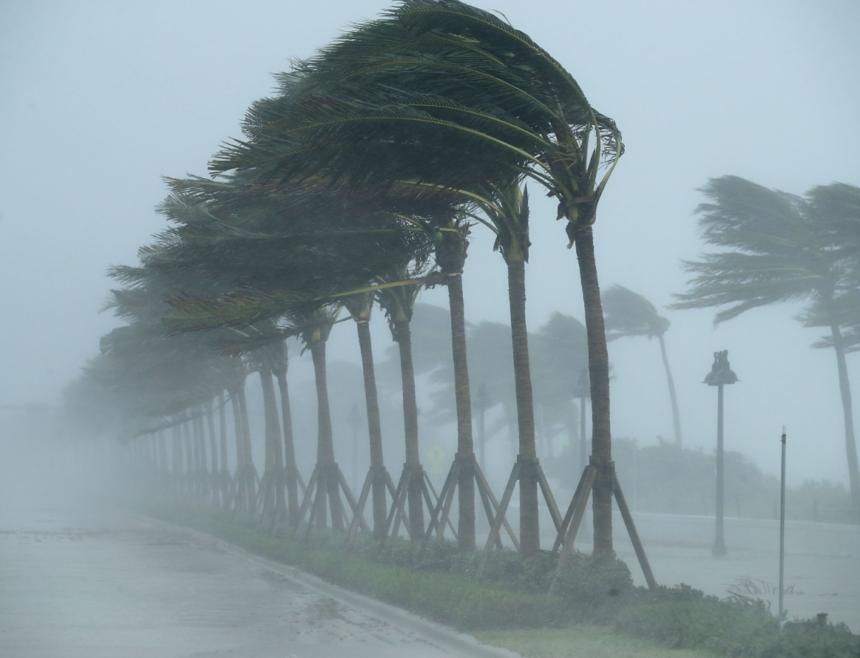Hurricanes are some of the most powerful storms on Earth. With wind speeds over 155 mph, they can wreak havoc on homes and communities in their path. If you live in an area prone to hurricanes, it’s crucial to understand how these fierce winds can damage your property and what residential restoration may be required in the aftermath.
In this article, we’ll explore five major types of damage high winds can inflict on residential properties during a hurricane. From roof destruction to interior flooding, we’ll cover it all so you know what to watch out for and how to prepare.
KEY TAKEAWAYS
- Hurricanes pack intense wind speeds that can cause catastrophic damage to residential properties.
- Roofs are highly vulnerable, with risks of shingle loss, structural failure, and openings from broken vents or chimneys.
- Windows, doors, siding, decks, and landscaping face potential shattering, dislodging, or complete destruction from windborne debris.
- Interior spaces aren’t safe either, as breached exteriors allow flooding, warping of structural elements, and ruin of belongings.
1. Roof Damage
The roof is one of the most vulnerable parts of a house during a hurricane’s high winds. Shingles can get ripped off, leaving the roof deck exposed to water intrusion. This can lead to leaks, rot, and mold issues down the line. But shingle loss is just the start. In extreme cases, howling winds have enough force to partially or completely blow off roofs.
An unsecured roof risks catastrophic damage—rainwater can pour in, warping walls and ceilings. Not something you want to deal with mid-storm. High winds also commonly knock over chimneys or tear off vents. These openings act like funnels, allowing winds, rain, and debris inside your home. Definitely not ideal!
2. Window and Door Damage
Windows also poses a major risk during hurricanes. Flying branches, loose siding, and other debris get whipped around at terrifying speeds. With enough force, these objects can shatter windows, spraying glass throughout the home. Entry doors and garage doors often get bashed in or torn off completely by high winds too.
Suddenly, your house has gaping holes where the wind and rain can freely enter. Not to mention potential structural issues from a missing exterior wall. Installing impact-resistant windows and reinforcing entry points is essential in hurricane zones. It prevents openings where water can flood in and cause additional damage.
3. Exterior Damage
Howling winds apply incredible force to the exterior of a home during a hurricane. Siding, trim, and other finish materials can get ripped away, essentially removing the “shell” protecting the structure.
Fences, decks, patios—anything attached to but separate from the main home is also at risk of toppling or destruction. These torn-apart pieces now become battering rams, crashing into windows or the house itself.
Trees and landscaping also suffer during hurricane winds. Massive branches snap off and uproot entirely, becoming destructive projectiles. Staying indoors is a must when winds reach those levels.
4. Interior Damage
Once wind and water breach the exterior shell, interior damage is inevitable. Water pours in through holes in the roof, blown-out windows, or busted doors. In a matter of minutes, floors can become soaked and walls start deteriorating.
And that’s just the start – unaddressed leaks quickly breed mold that’s difficult and costly to remove. Structural components like walls and ceilings warp and buckle under moisture exposure too.
Furniture, electronics, valuables—nothing is safe from water damage. Without electricity, high temps can create a sauna effect, further warping wood and ruining belongings. Major losses add up quickly.
5. Electrical and Utility Damage
Speaking of power outages—losing electricity is almost a given when hurricane-force winds pummel an area. Downed lines, damaged transformers, you name it. Having a generator or backup power source keeps the essentials running.
HVAC systems usually experience destruction as well. Outside units get tossed around, bent, and broken from high winds and windborne debris. Repairing or replacing these is pricey after a storm.
And let’s not forget utility hazards—hurricanes often rupture gas and water lines. This puts homes at risk of fires or additional water damage until issues get addressed. Dangerous stuff is best avoided by evacuating.
Closing Thoughts
Preparing with storm shutters, tie-downs, and other reinforcements helps. But severe hurricanes can overwhelm even the best precautions. Stay informed on weather conditions and evacuate if ordered. Once the storm passes, prioritize getting experts to inspect utilities and structural damage.
By looking ahead, you can plan on probably contacting professionals for residential restoration if significant repairs are needed after hurricane season. With proper preparation and prudent actions after the storm, you can get your home back into livable condition and survive hurricane season relatively unscathed.














